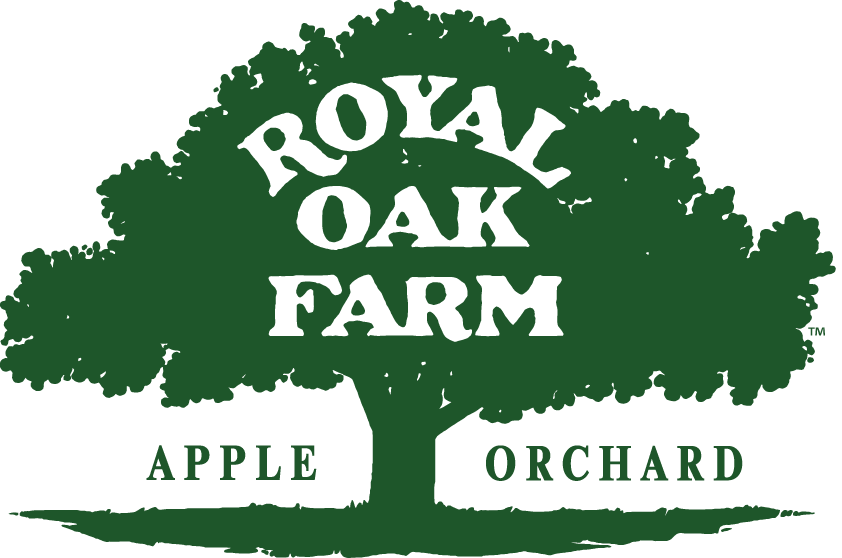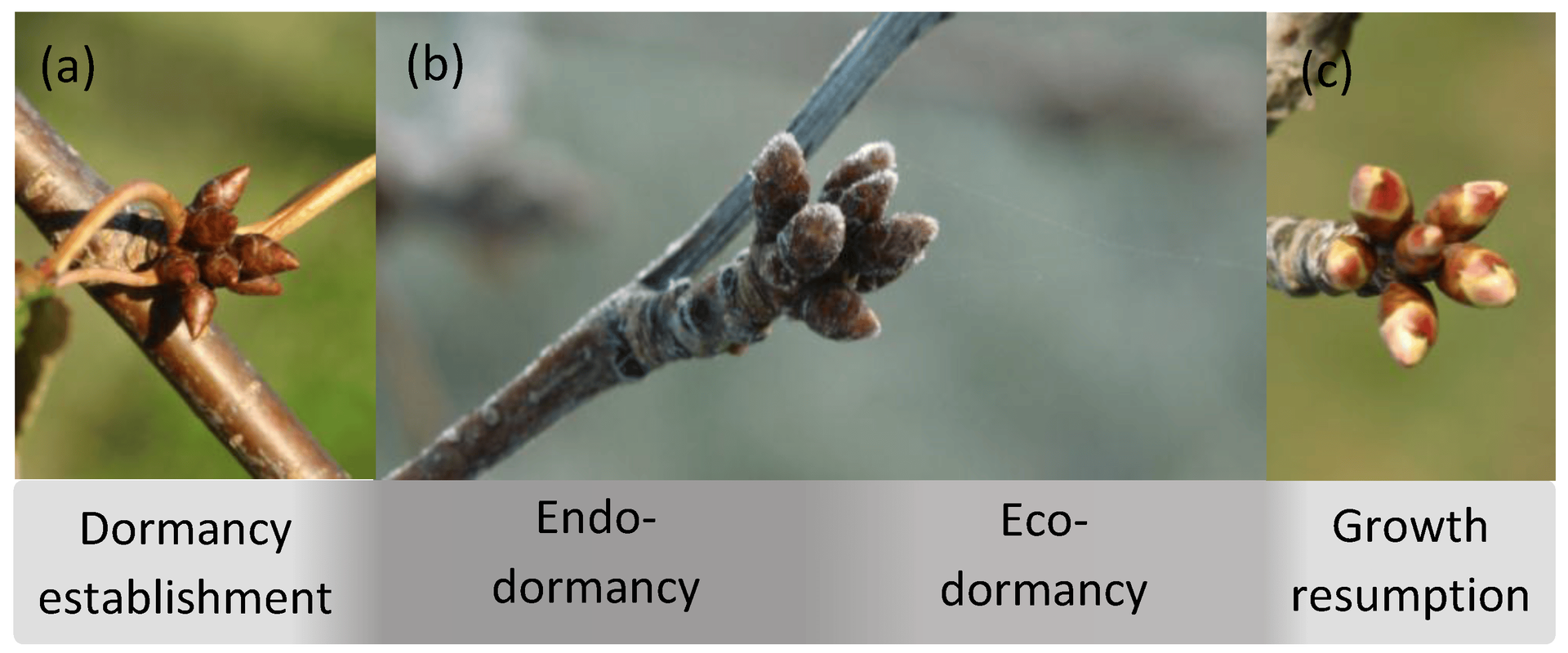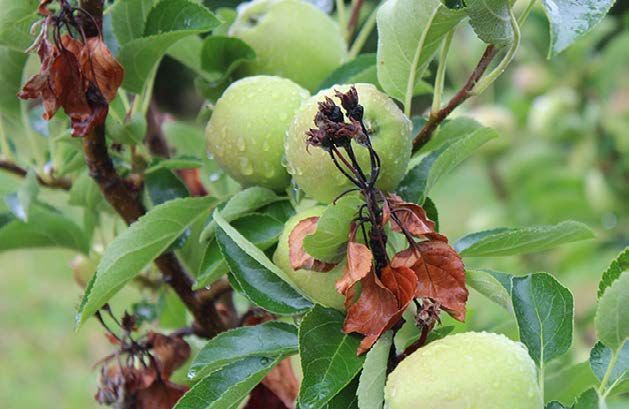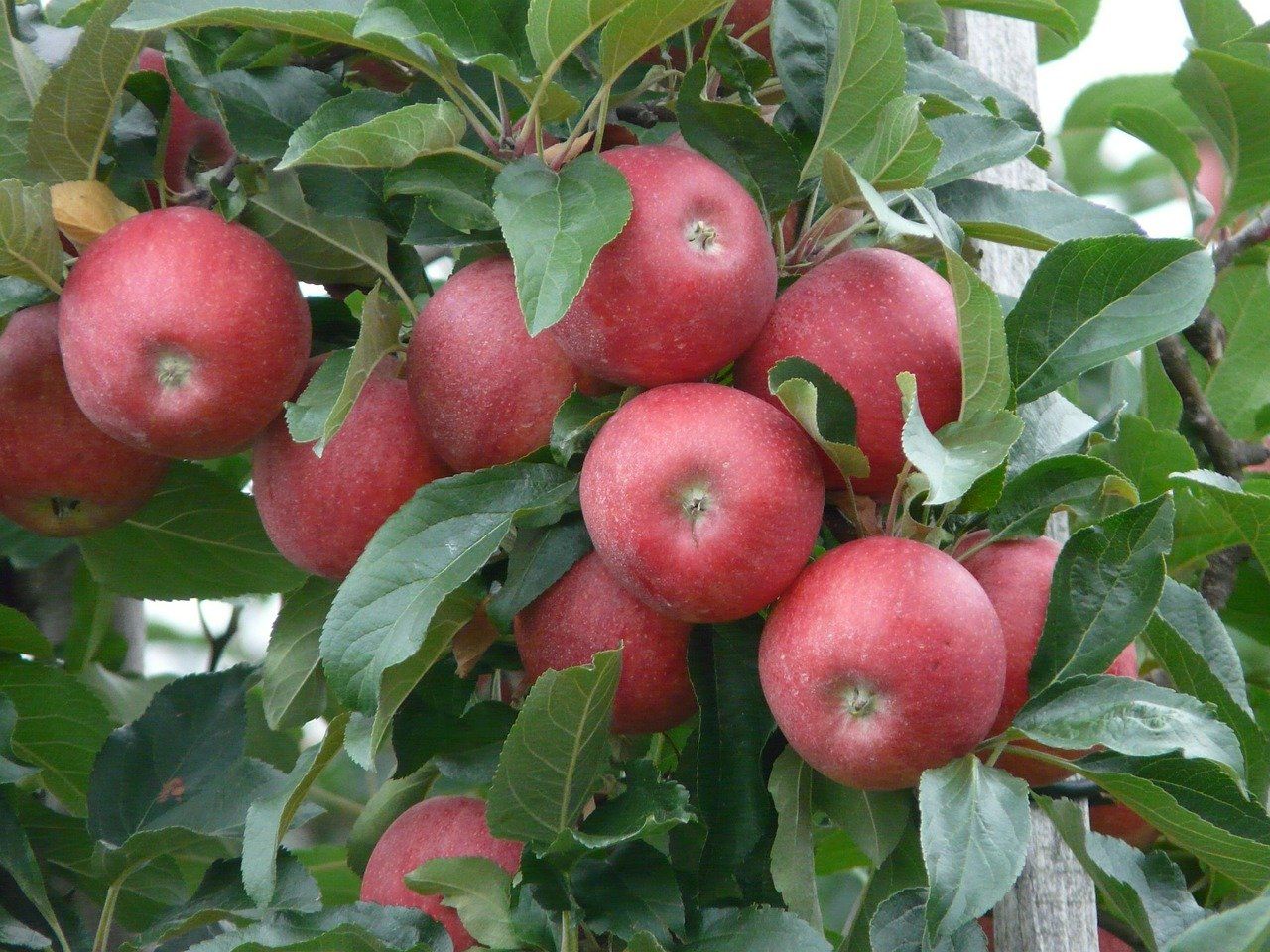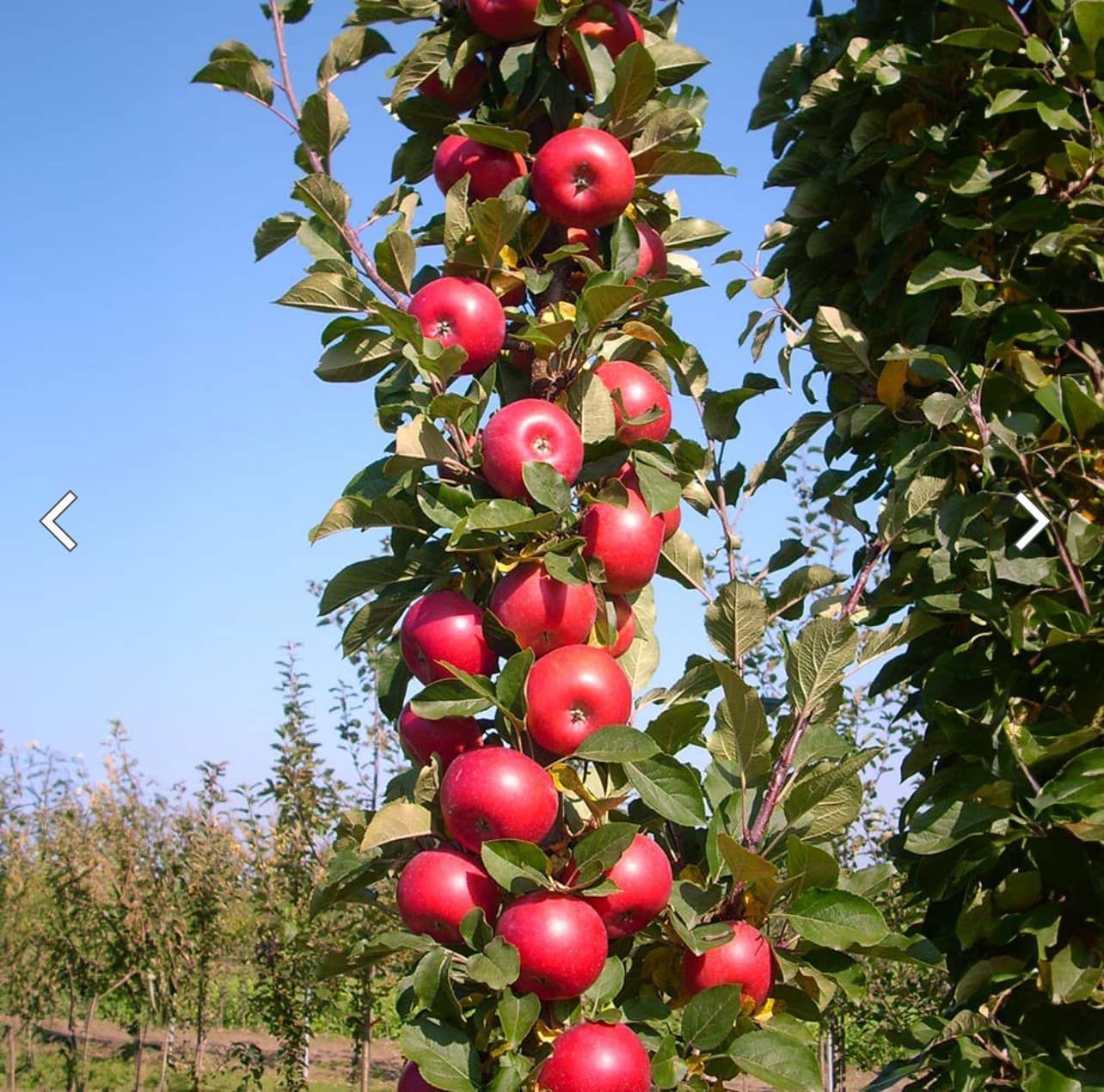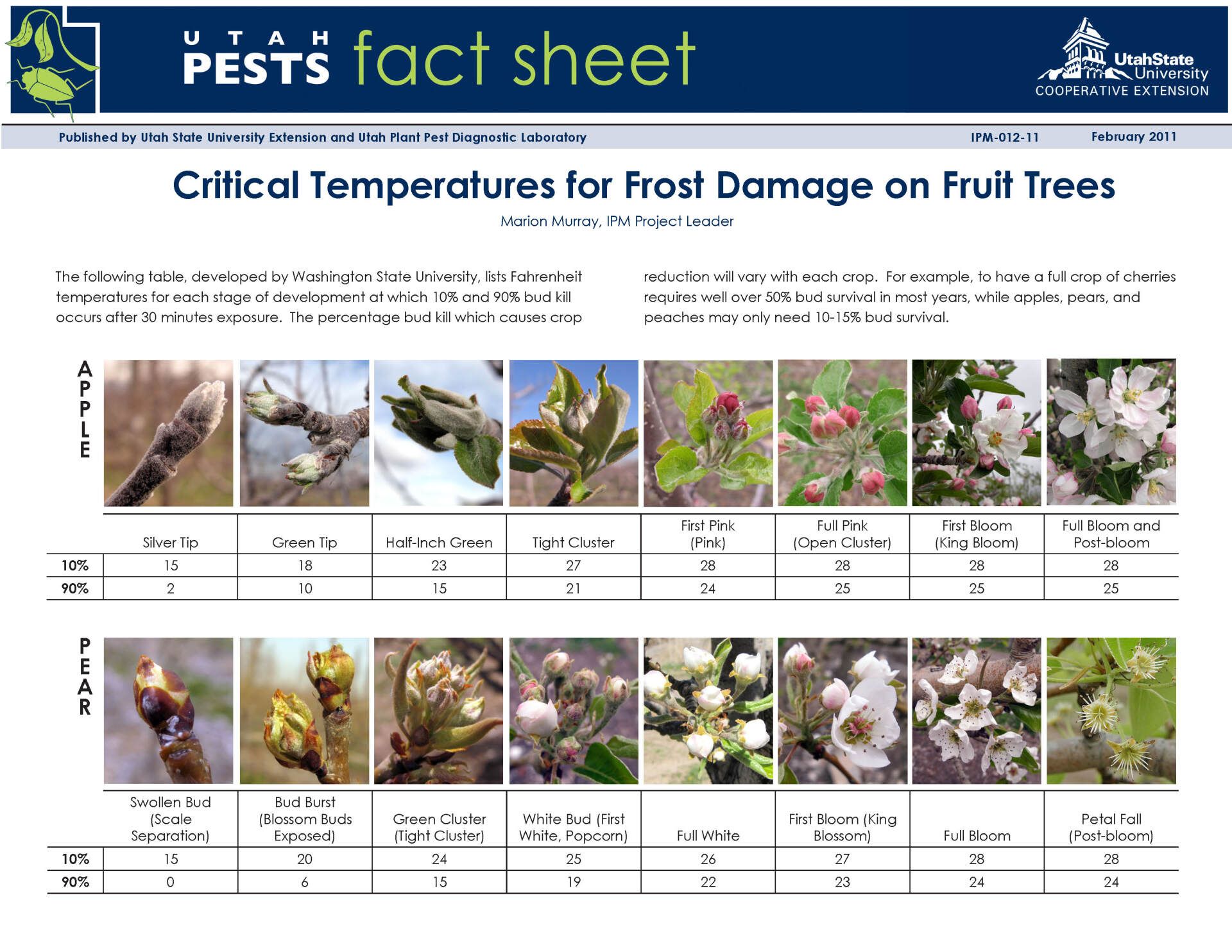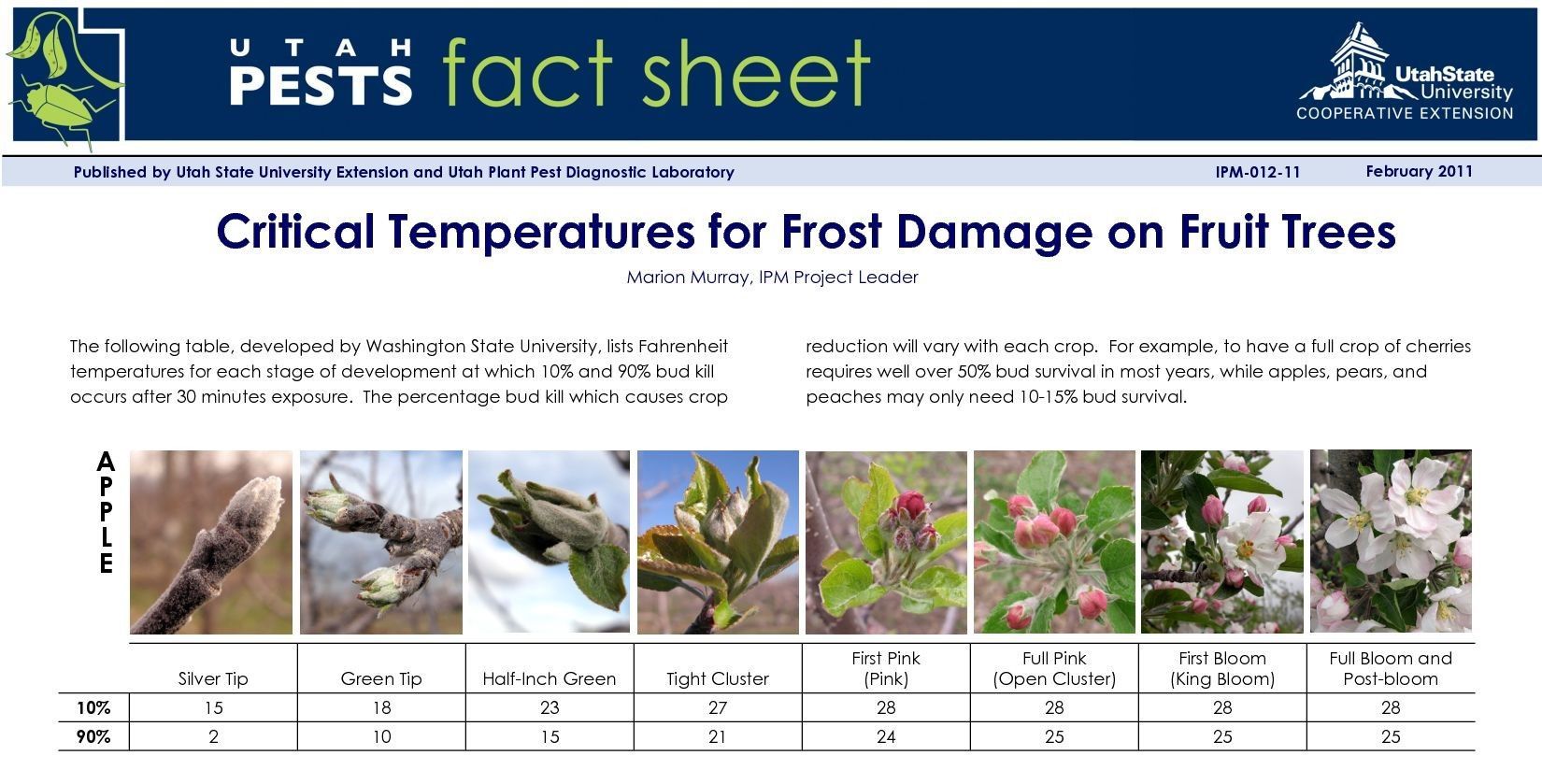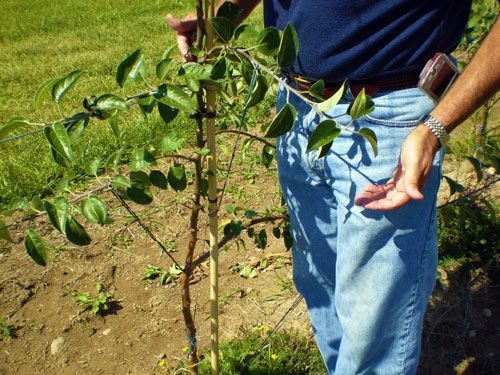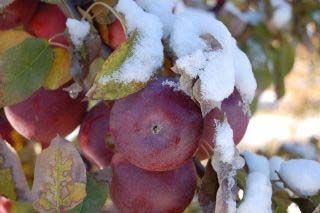Spring Spraying Protocol Begins

Ever wonder how the fruit trees know when it's time to come out of dormancy? Well, the trees won't come out of dormancy until they have endured a certain amount of time with temperatures between 33 and 45 degrees Fahrenheit. This temperature range is used to calculate chill hours. A chill hour is the amount of chilling received by a plant at 45 degrees F. The chilling requirement is the total number of hours required during the winter for a particular cultivar to induce the tree to break dormancy and produce flowers. Once the number of chill hours they need is achieved and temperatures warm in the spring, the trees come out of dormancy and resume their normal growth. The number of hours required at cooler temperatures is known as the chill requirement or chill hours. Most apple varieties require 400-1000 chill hours, so most of the trees in our area have met their requirement and will come out of dormancy just as soon as temperatures warm. Growth resumption can be predicted by tracking what we call growth units. Growth units are the number of degree hours above 41 F. For example, if the temperature averages 51 F for and hour, then 10 growth units are accumulated. Bud break initiates after approx 3710 F growth units accumulate, and progresses depending on the temperature. We do our dormant oil and copper spray generally around the last week of March or the first week of April. The best time to spray is at silver tip....when the buds have that silvery/gray tinted fuzz on them. You can use the development chart below to determine the growth stage your trees.
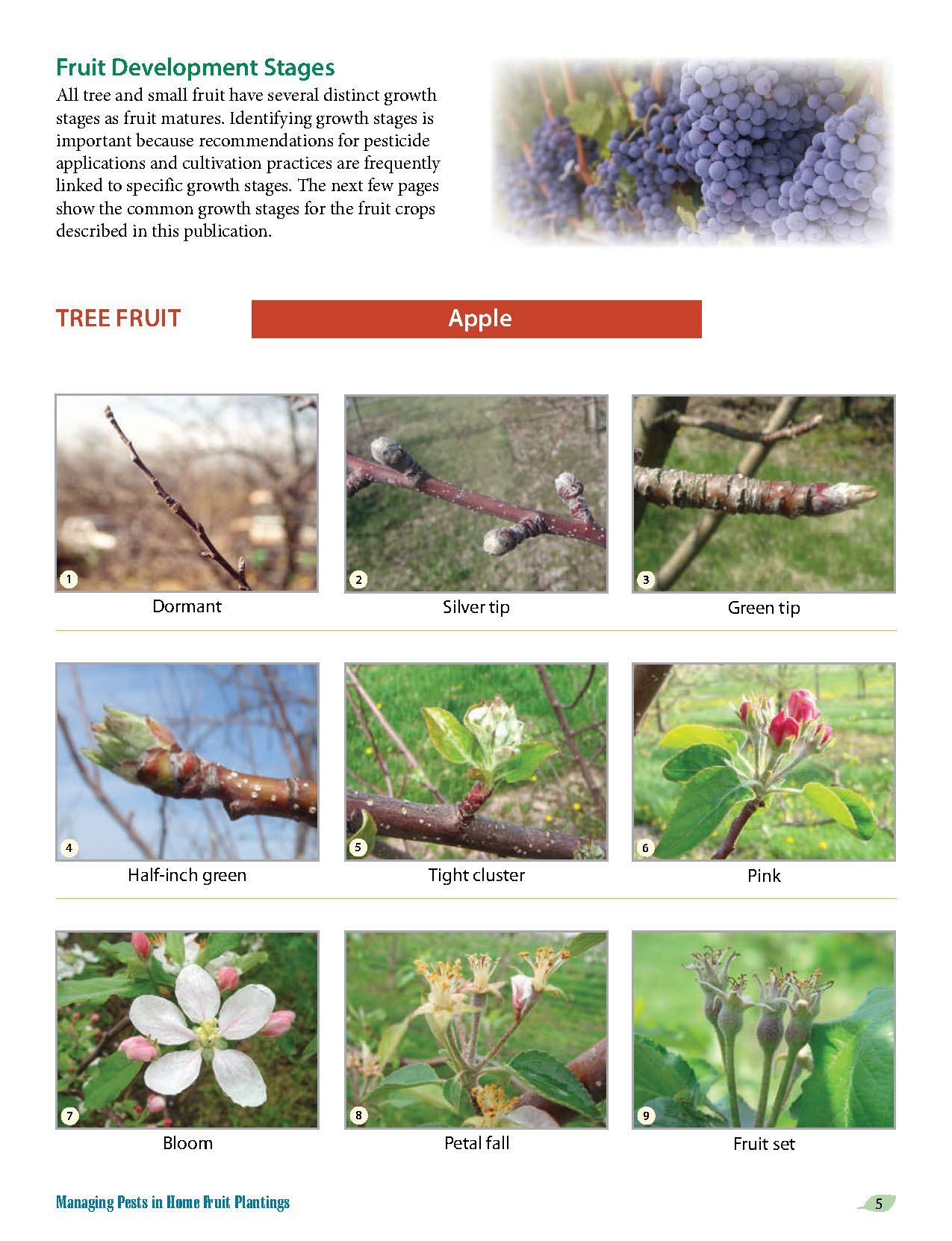
If your trees are still dormant or at silver tip, it's time to begin spraying a dormant oil and copper spray for your fruit trees! Our apple trees are at silver tip in the orchard here at Royal Oak Farm Orchard in northern Illinois. We may green tip fully in the next day or so with the daytime temperatures, but any night projections in the 50's will push the tree growth to full green tip and 1/4" green by the time we reach next week. It also indicates that just as soon as the nights stay above freezing, the trees will pop and we will be moving into apple scab season. So it is not too late to do a dormant oil and copper spray if you have not already. Once you jit green tip it is getting a bit late for copper and oil, but if you use Bonide Copper Fungicide and Bonide Horticultural Oil and follow the label directions to the letter, you can still spray both the copper and oil on into 1/4" green.
The oil (mineral oil) is sprayed for mites, scale and aphids because spring is the time to cover those eggs at the base of the buds before they begin to hatch. The oil smothers the eggs and they suffocate before hatching. Below you can see aphid eggs that were laid last fall.
Copper is also sprayed at this time for control of fire blight control, since copper is both a fungicide and bactericide, and to aid in the suppression of apple scab pathogens. Apple scab is a a severe diseases that can destroy a crop, and fire blight even more severe, which can destroy trees.
A dormant oil and copper spray should not be done until we get at least a 24 hour period that is above freezing at night. The oil cannot freeze on the trees, but it pretty much dries within about 24 hours. Once dry, there is no chance of it freezing. We usually get at least one 24 hour period above freezing at night before the trees get to 1/4" green.
This “window of opportunity” for dormant sprays for fruit trees depends on the bud stage of your target fruit tree. You can follow these guidelines:
Apples: swollen bud to 1/4” green
Pears: swollen bud to cluster bud
Peaches/Nectarines: swollen bud to pre-bloom
Apricot: before bloom
When applying, spray trees just until they are dripping to get good application on all the stems and crevices at the buds. If you are using horticultural oil alone, use a rate of 2% (mixed in water) for best results or follow your chosen product’s label rate. For situations where aphids have been real problems in the past, consider adding an insecticide (such as acetamiprid, etc.) to 1.5 - 2% oil or use a neem oil per the labelled rate for the stage your trees are at.
For get our Growing Guide on maintaining your trees and Resources for the Home Orchard Grower of the above charts, visit our Nursery Growing Guide web page!
This publication contains pesticide recommendations that are subject to change at any time. These recommendations are provided only as a guide. It is always the pesticide applicator's responsibility, by law, to read and follow all current label directions for the specific pesticide being used. Due to constantly changing labels and product registration, some of the recommendations given in this writing may no longer be legal by the time you read them. If any information in these recommendations disagrees with the label, the recommendation must be disregarded. No endorsement is intended for products mentioned, nor is criticism meant for products not mentioned. The author assumes no liability resulting from the use of these recommendations.
Backyard Orchard Management @ Royal Oak Farm Orchard
Backyard Orchard Management @ Royal Oak Farm Orchard is a blog for the home fruit tree grower providing information about fruit tree management, fruit tree pruning & training and Integrated Pest Management from the IPM Specialist and Certified Nurseryman at Royal Oak Farm Orchard, a 22,000 tree apple orchard and agri-tourism operation located in Harvard, Illinois.
Click or tap any title to read that post.

